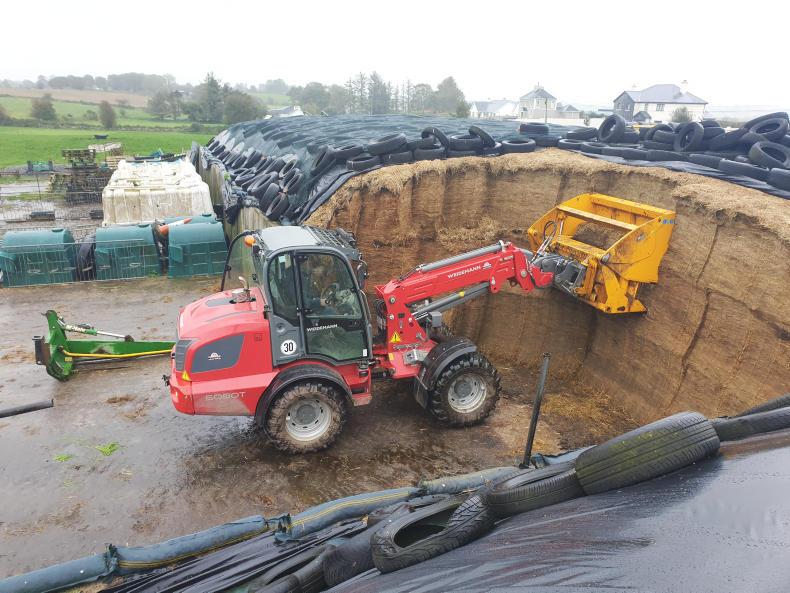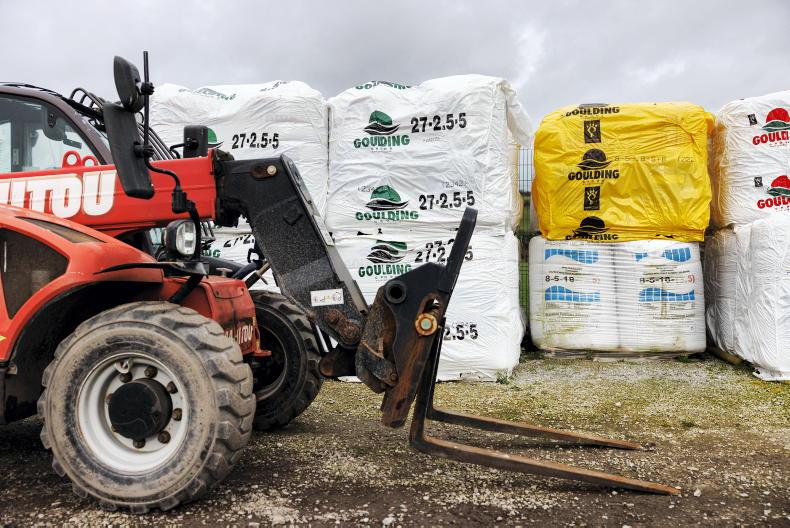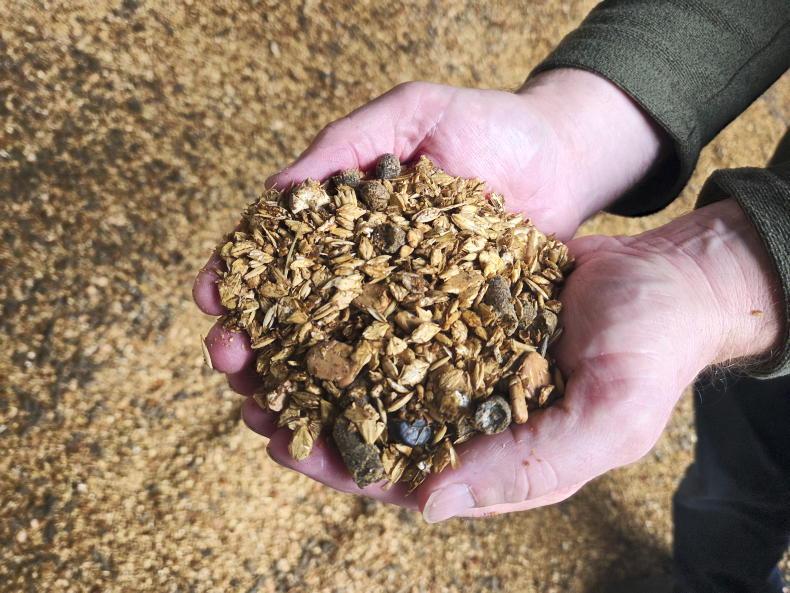While situations differ, the reality for many is that when the sheargrab is removed from the loader in spring, it is generally not looked at again until housing begins for another winter. Now is the time for farmers already with grabs in operation and those only days away from use to carry out some routine maintenance inspections. As well as ensuring feed equipment is working correctly, any possible safety risk needs to be rectified.
Brackets
From a safety perspective, loader brackets (pictured) are one of the most important areas to inspect. Brackets should be thoroughly checked for cracks, excessive movement and that headstock locking pins are locking into place properly. If loader brackets need attention and you are confident with a welder this isn’t a major job to do yourself.
Brackets should be checked for cacks and any signs of wear.
Tines and pins
Tines are a wearing part, often worn down from contact with concrete over time. Missing or loose tines should be tighten or replaced. As well as losing feed around the street, if missing tines are unrectified, increased pressure is placed on neighbouring tines, often causing them too to fail.
Broken or loose tines should be replaced or tightened.
Pins and bushes are what allow the grab to pivot. These should be checked for wear and greased regularly. Blocked or broken grease nipples should be replaced.

Pins and bushes should be checked for wear and greased regularly.
Blades
Sharp blades are essential for a properly performing shear grab (pictured). It goes without saying that all blade sections should be present. Blunt blades not only leave a messy pit face leading to spoilage, but also increase strain on both the loader and the grab’s structure as more force is required to cut the block of silage.
Overtime this strain may lead to structural cracking. When sharpening, it is advised to only use a hand file or buffing disc. Heating of the blades will remove temper, in turn weakening blade strength.
Blade sections should be sharpened using a hand file or buffing disc.
Hydraulic rams/hoses
Hydraulic rams should be leak-free. Oil present on the ram’s chrome generally indicates that an oil seal is worn or damaged. Rusted or pitted chrome can damage oil seals, so it is important that chrome is kept clean and rust-free.
If gone unnoticed, a leaking ram may drain the loader or tractor of oil over time, causing further problems. Leaking seals are not expensive to fix, so this should be done immediately. 
Rusty or pitted rams will damage oil seals creating oil leaks.
Hoses and fittings should be checked regularly. Hydraulic hoses perish and wear over time, often exposing sharp steel wire. Eventually, worn hoses will burst, resulting in sudden loss of pressure, emptying the tractor or loader of oil and creating an unwanted mess.
Fittings can also become loose or damaged so these should be checked. Hoses and fittings are cheap and are generally made up in a matter of minutes. 
Worn or damaged hydraulic hoses shoud be replaced sraight away to prevent bursting.
Remember, it pays to be proactive rather than reactive when it comes to maintaining safe, reliable machinery.
While situations differ, the reality for many is that when the sheargrab is removed from the loader in spring, it is generally not looked at again until housing begins for another winter. Now is the time for farmers already with grabs in operation and those only days away from use to carry out some routine maintenance inspections. As well as ensuring feed equipment is working correctly, any possible safety risk needs to be rectified.
Brackets
From a safety perspective, loader brackets (pictured) are one of the most important areas to inspect. Brackets should be thoroughly checked for cracks, excessive movement and that headstock locking pins are locking into place properly. If loader brackets need attention and you are confident with a welder this isn’t a major job to do yourself.
Brackets should be checked for cacks and any signs of wear.
Tines and pins
Tines are a wearing part, often worn down from contact with concrete over time. Missing or loose tines should be tighten or replaced. As well as losing feed around the street, if missing tines are unrectified, increased pressure is placed on neighbouring tines, often causing them too to fail.
Broken or loose tines should be replaced or tightened.
Pins and bushes are what allow the grab to pivot. These should be checked for wear and greased regularly. Blocked or broken grease nipples should be replaced.

Pins and bushes should be checked for wear and greased regularly.
Blades
Sharp blades are essential for a properly performing shear grab (pictured). It goes without saying that all blade sections should be present. Blunt blades not only leave a messy pit face leading to spoilage, but also increase strain on both the loader and the grab’s structure as more force is required to cut the block of silage.
Overtime this strain may lead to structural cracking. When sharpening, it is advised to only use a hand file or buffing disc. Heating of the blades will remove temper, in turn weakening blade strength.
Blade sections should be sharpened using a hand file or buffing disc.
Hydraulic rams/hoses
Hydraulic rams should be leak-free. Oil present on the ram’s chrome generally indicates that an oil seal is worn or damaged. Rusted or pitted chrome can damage oil seals, so it is important that chrome is kept clean and rust-free.
If gone unnoticed, a leaking ram may drain the loader or tractor of oil over time, causing further problems. Leaking seals are not expensive to fix, so this should be done immediately. 
Rusty or pitted rams will damage oil seals creating oil leaks.
Hoses and fittings should be checked regularly. Hydraulic hoses perish and wear over time, often exposing sharp steel wire. Eventually, worn hoses will burst, resulting in sudden loss of pressure, emptying the tractor or loader of oil and creating an unwanted mess.
Fittings can also become loose or damaged so these should be checked. Hoses and fittings are cheap and are generally made up in a matter of minutes. 
Worn or damaged hydraulic hoses shoud be replaced sraight away to prevent bursting.
Remember, it pays to be proactive rather than reactive when it comes to maintaining safe, reliable machinery.















SHARING OPTIONS